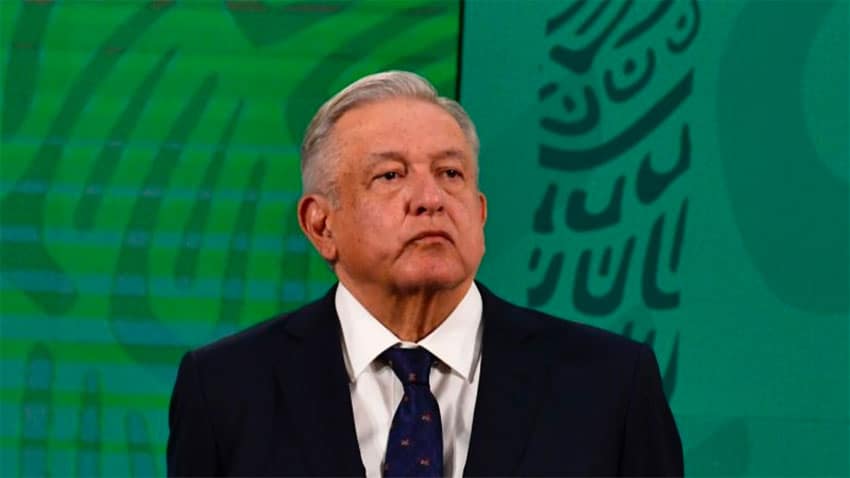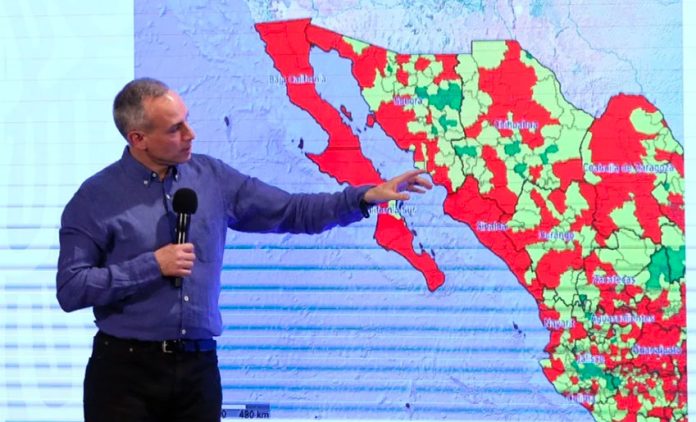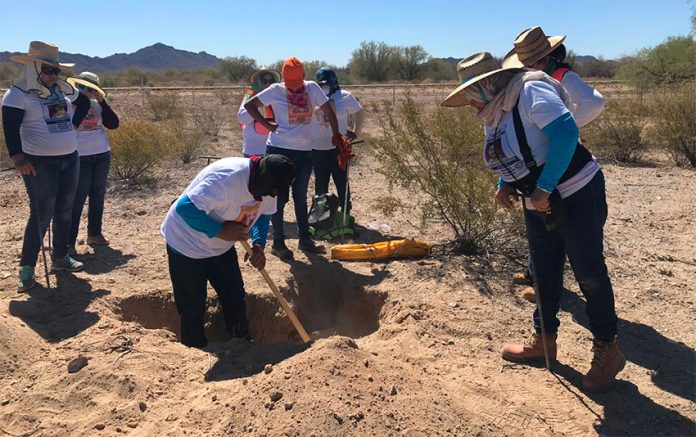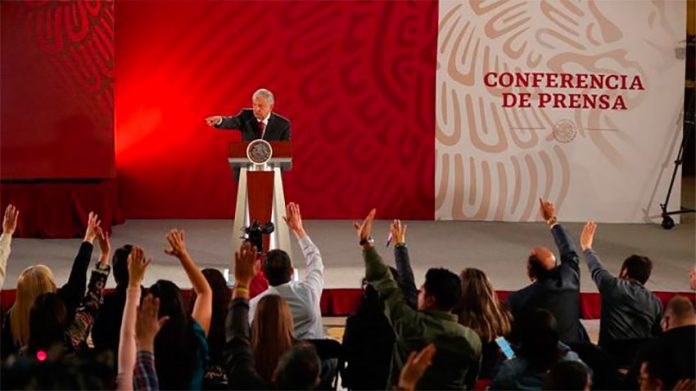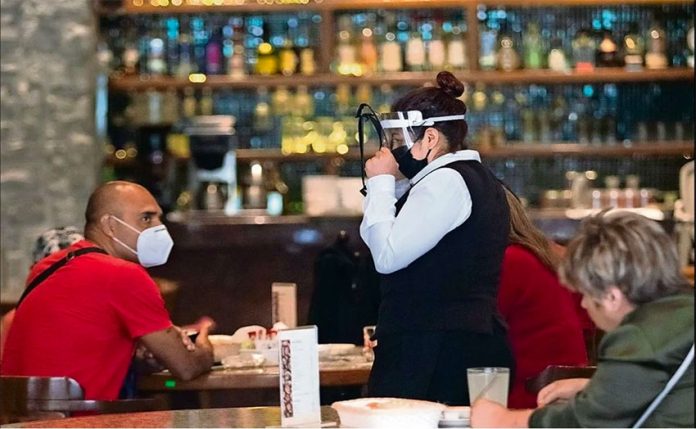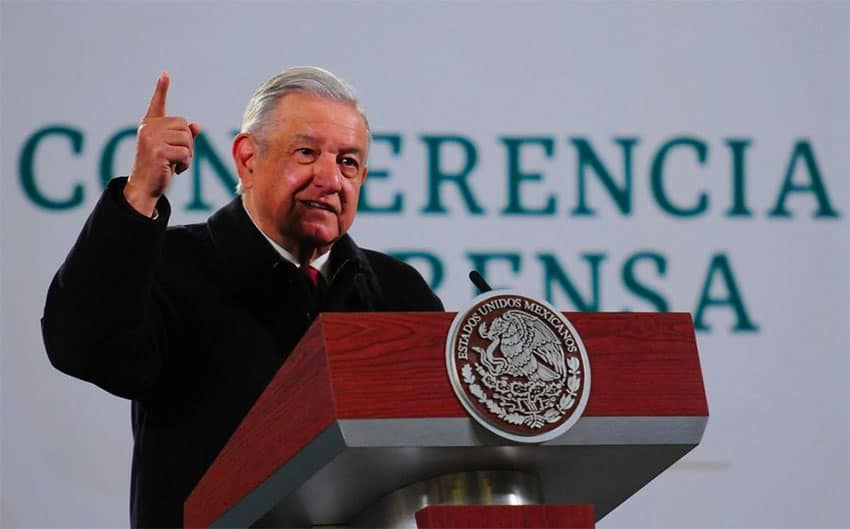Life during a pandemic is unsettled at best, and boredom can come creeping up on you. I don’t mean the type of boredom where you forlornly stare at your feet and declare there is absolutely nothing to do. There are always things you are required to do and things you would like to get done, but I am talking about the type of boredom when the things you really want to do are not executable due to societal maledictions.
But we had locked down in March, and we needed a break from the mundane humdrum of life in isolation — something off the wall, some comic relief.
One evening, while enjoying a tropical sunset and a few adult beverages, I suggested to The Captured Tourist Woman (TCTW) that we could add some real excitement to our lives by hosting an online cockroach race. In my distant and somewhat misspent youth, I have raced many things, from motorcycles in Tijuana to starfish in Puertecitos. So, the thought of racing cockroaches was not beyond my ken.
This would be an event we could share with our friends via Zoom, I explained. I described the small arena we would build along with the betting we could gin up among our remotely participating friends. I, of course, would run my proud and shiny Black Stallion cockroach against TCTW’s Wonder Woman Roach. The betting would be fierce.
Since by then we were well into our fifth month of self-imposed confinement, TCTW actually gave me a thoughtful nod as she sucked an empty glass noise at the bottom of her 16-ounce mojito.

During normal times, she would have issued a serious guffaw in my direction, and that would have been the end of such fine madness. But not now. With both of us gripped in the unrelenting virus blues, we were game for anything with the potential to elevate our melancholy. I determined that I would begin the search for hardy competitors first thing in the morning.
The next day, as I began looking in the corners and crevasses of our garage for ambulatory roaches, I started seeing a few tiny mouse turds. Since all manner of Mexican vermin are quite adroit at finding their way into even the tightest of houses, this was an issue. And, since I know our casa is far from tightly sealed, the thought of mice rummaging in our cupboards was just another brick in the wall of our confinement.
I quickly relegated the one active roach to the bottom of my garbage can and began the urgent search for more feculence de ratón.
It didn’t take long to trace their trail to our second-story living quarters and into the kitchen. Their droppings were so tiny that I began to wonder if we might have a pack of prepubescent scavengers. Within minutes, Google told me Mexico has a critter known as a pocket mouse. These tiny rodents looked to be half the size of a common field mouse, which explained the micromanure.
I approached TCTW with my revelation that a mini-mouse was possibly living quietly among us. Since she was leaning over her latest jigsaw puzzle, I knew she was only half-listening when she responded with “Oh, that’s nice. Is Mickey here too?” But as soon as she realized that I had found actual rodent droppings within the walls of our home, I had her full and undivided attention.
Our cockroach races were quickly fading into the coming Mexican sunset, so I set out instead for my favorite local tienda. I entered the store and went directly to the aisle dealing exclusively with the extermination of everything from bugs to large mammals. The fact that there were machetes also displayed in that aisle of death gave me a bit of a shudder as I searched for a mousetrap.
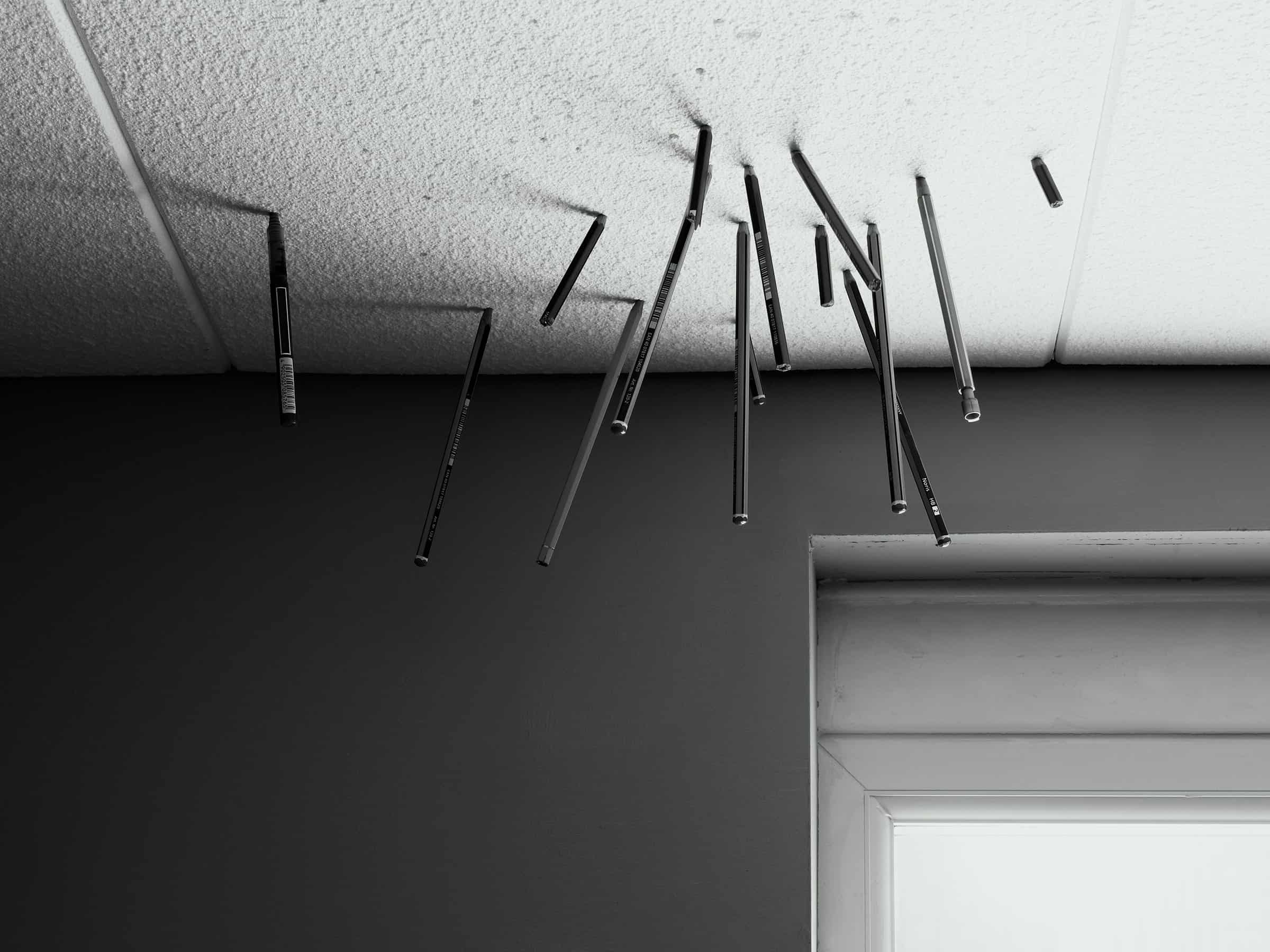
I wanted the time-honored favorite: the Victor mousetrap. This spring-actuated device will dispatch a small rodent quickly, ending its short life humanely with a quick snap and no pain of a lingering death. I purchased three and headed home.
In the past, I had discovered that mice like peanut butter, and it sticks to the trip pedal quite nicely, so I applied a small dab of peanut butter onto the pedals of all three traps and placed these alluring artifices in different locations along the presumed rodent corridor to our kitchen.
The next morning, I went to see how many mice we had ushered into mousy heaven.
When I discovered all the traps still cocked and ready, I looked closely at the trip pedals and saw that each one had been licked clean — not a smidge of peanut butter left behind. Of course, my next move was to lightly touch the trip pedal, all the while knowing I would regret it.
As I suspected, there was nothing wrong with any of the traps.
Later that day, TCTW came home with a pack of two sticky traps. I have never liked the sticky traps because I don’t believe them to be humane. The poor mouse could struggle for hours before being properly executed. However, since our rodents were not large enough to trip the spring trap, we went for the cruel and unusual glue trap. We retired that night, confident that we would have a mired mouse in the morning.

Most unfortunately with hindsight, distracted by our zeal to catch the tiny invader, we both forgot that our robot vacuum was programmed to start its cleaning routine in the wee hours of the morning.
Over the span of my lifetime, I have used many different types of glue, but nothing in my past prepared me for the tangled mess of goo I encountered the next morning. The glue trap had caught the mouse as well as the robot vacuum. While studying the carnage on our kitchen floor, I realized that the vacuum had put up a hell of a fight — the mouse not so much.
Pieces of the brutally dismembered mouse carcass were pasted across the bottom of the appliance with mucilaginous gunk that had firmly adhered itself to any body part or surface that had the extreme misfortune to make contact with it. It looked as though one of the motorized drive wheels managed a full revolution before succumbing to total seizure.
The next eight hours were spent in cleaning and careful disassembly. I bought a gallon of Goof Off gunk remover, thinking at the time that it might not even be enough.
All I can say about that is, thanks to that fateful day, I have written a nice letter to the Roomba people, lauding the incredible power of their machine.
The writer describes himself as a very middle-aged man who lives full-time in Mazatlán with a captured tourist woman and the ghost of a half wild dog. He can be reached at [email protected].


